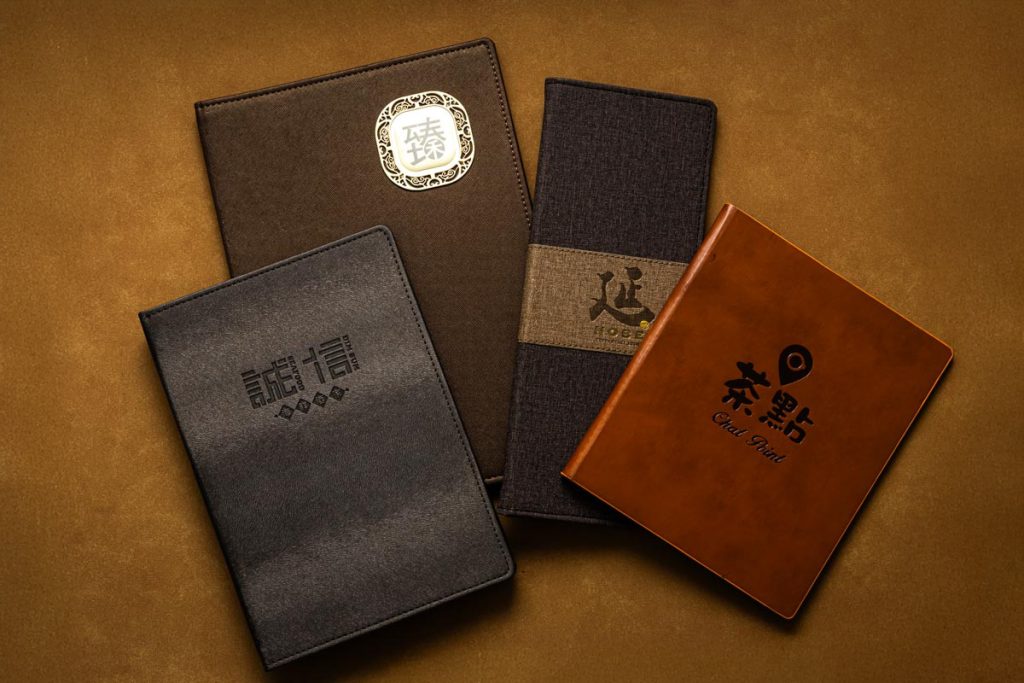When designing a menu book, size alone doesn’t determine success. It should be thoughtfully chosen based on your restaurant’s concept, customer habits, and available table space. Size is just one element—the true priority is delivering a cohesive and enjoyable design experience. Below are key insights into how menu book size can influence customer impressions.

Impact of Menu Book Size
Advantages of Large Formats
- Accommodates more dishes and photos—ideal for restaurants with extensive menus
- Creates strong visual impact and conveys a sense of luxury
- Best suited for upscale venues like fine dining restaurants or resort hotels with spacious tables
Considerations for Large Formats
- May feel heavy and cumbersome to flip through
- Poor layout can lead to visual clutter and fatigue
- Can appear disproportionate in small or fast-paced dining environments
Advantages of Compact Formats
- Easy to handle and perfect for quick-service settings
- Great for highlighting signature or seasonal items
- Can be paired with digital ordering or wall displays to reduce physical load
Considerations for Compact Formats
- Limited space may restrict menu variety
- If poorly designed, may come across as cheap or underwhelming
Key Design Elements That Shape Customer Experience
- Clear Layout & Categorization
Regardless of size, a well-structured menu with clear sections improves usability and comfort. - Brand Consistency
Choose a size that aligns with your brand image. For example, a premium restaurant may opt for a sturdy hardcover, while a casual eatery might prefer a practical, lightweight format. - Visual Focus Zones
Studies show customers tend to look at the top center of a menu first. Use this “golden zone” strategically in your design. - Material & Tactile Quality
Match materials to your chosen size. Thick paper, leather, or metal accents enhance luxury for larger formats, while rigid cards or plastic covers boost durability for smaller menus.
Final Thought: The Best Size Is the Right Size
A well-sized menu should clearly communicate information, reflect your brand identity, and offer a comfortable experience for your guests. In many cases, a well-organized compact menu can be more effective and appealing than a cluttered oversized one.
If you’re currently planning your menu book design, we’d be happy to suggest the ideal size, layout, and style based on your restaurant type and customer flow.
Common Sizes & Layout Options
- Popular Sizes: A4, B5, A5
- Layout Styles: Vertical or Horizontal
Choose based on your table dimensions and menu content to ensure optimal readability.
Vertical Layout
- Traditional and intuitive for reading
- Easier to organize into columns
- Fits well on narrow tables
Horizontal Layout
- Modern and creative in appearance
- Ideal for showcasing large photos or set menus
- Requires more space when flipping pages
Would you like help selecting the best format for your restaurant’s concept? I’d be glad to assist.

